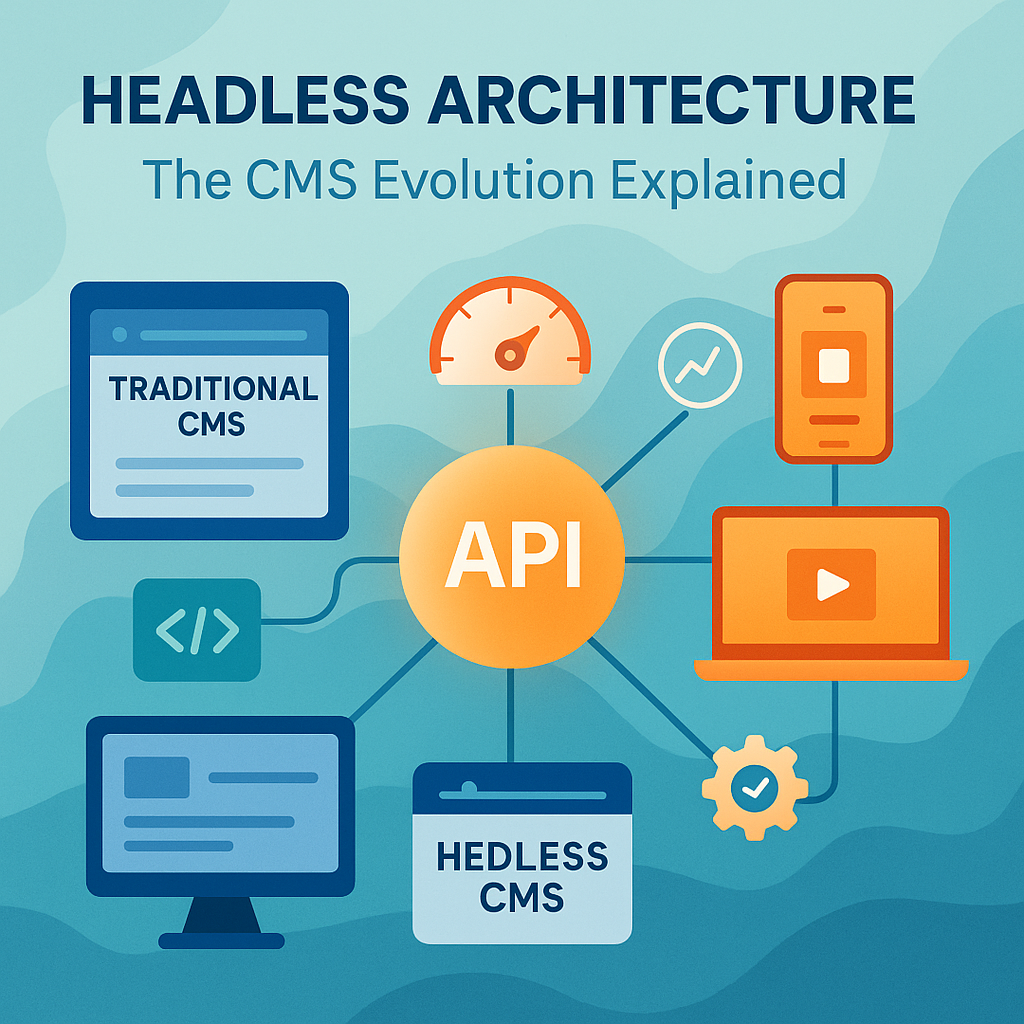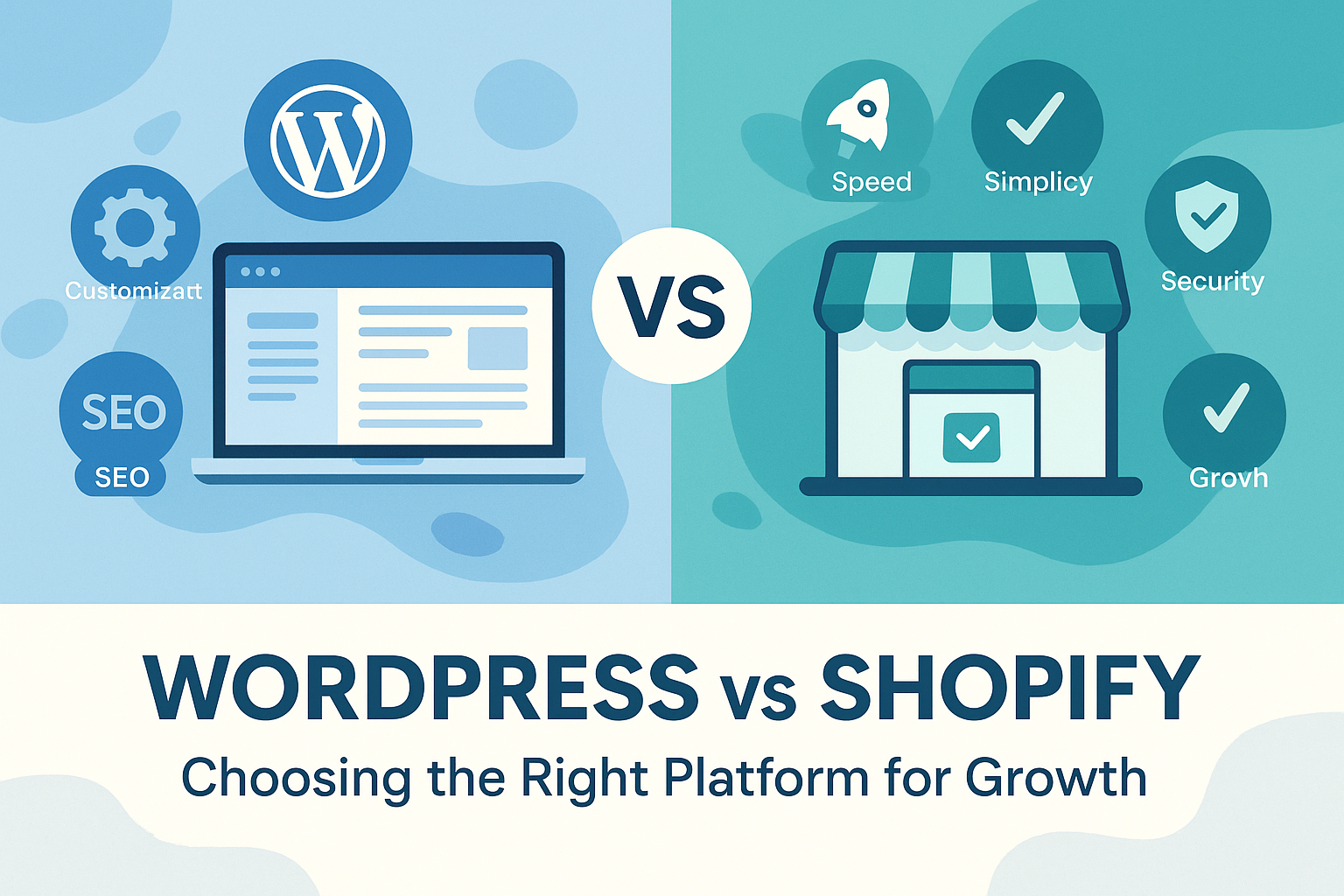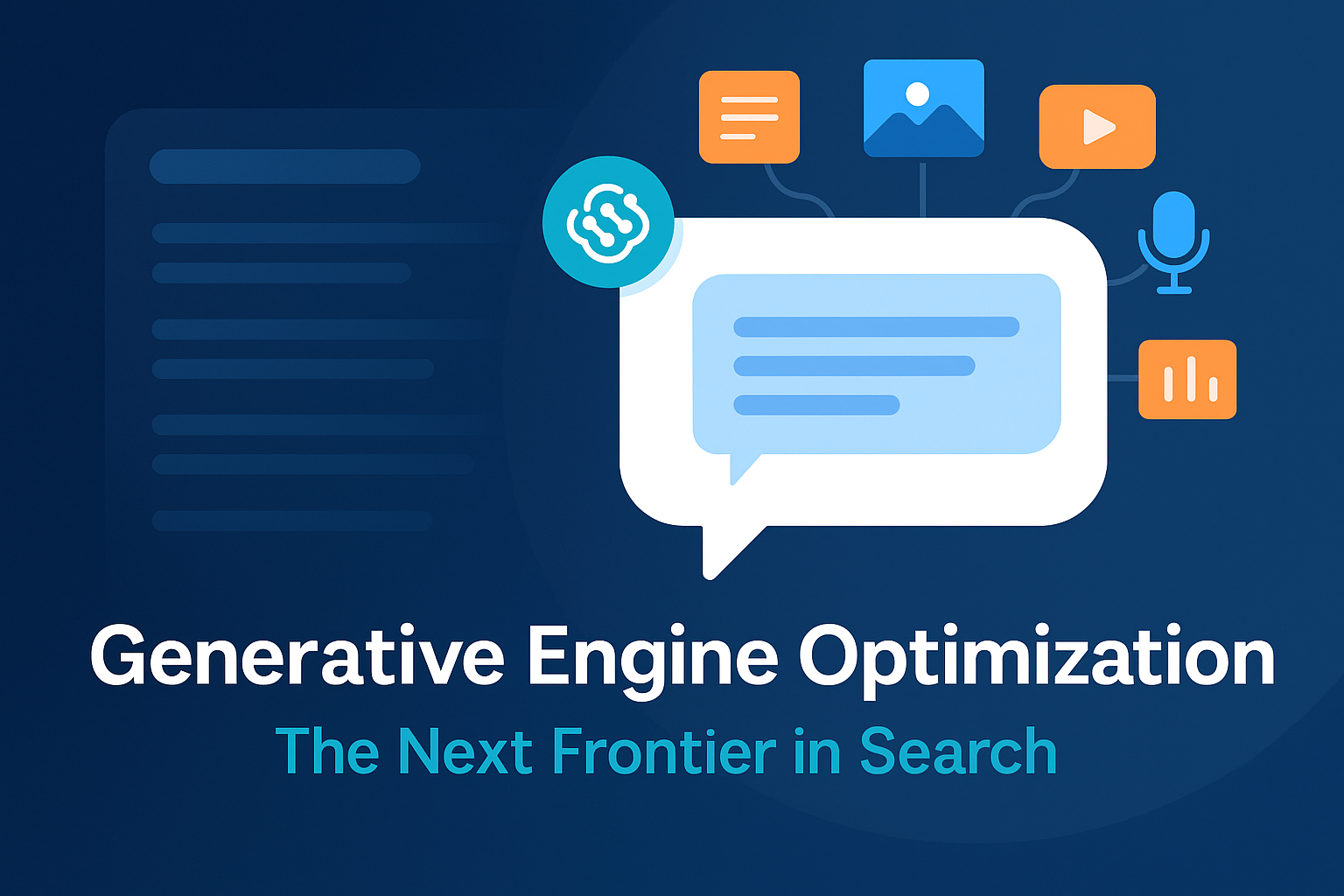1. Topic Scope and Key Focus Areas
This article will explore the growing importance of sustainable web design, focusing on practical strategies and principles for creating eco-friendly websites. The goal is to educate readers on how their digital presence impacts the environment and what steps they can take to reduce their website's carbon footprint, looking towards a greener digital future.
Key areas to cover:
Introduction to Sustainable Web Design: Define what sustainable web design means and why it's becoming a critical consideration for businesses and developers. Briefly touch upon the environmental impact of the internet.
The Environmental Footprint of the Internet: Explain how websites consume energy (data centers, user devices, network infrastructure). Provide some statistics or analogies to illustrate the scale of this impact.
Core Principles of Sustainable Web Design:
Performance Optimization: How faster websites use less energy.
Green Hosting: The importance of choosing web hosts powered by renewable energy.
Efficient Content Delivery: Optimizing images, videos, and other media.
Minimalist Design: Reducing unnecessary elements, animations, and code.
Dark Mode/Energy-Efficient UI: Discussing the energy savings of darker interfaces on certain screens.
Code Optimization: Writing clean, efficient code that requires less processing power.
Content Strategy: Creating evergreen, high-quality content that reduces bounce rates and repeated searches.
Benefits Beyond Green Credentials: Discuss the advantages of sustainable web design that extend beyond environmental impact:
Improved website performance and speed.
Better user experience (UX).
Enhanced SEO rankings (Google favors faster, efficient sites).
Cost savings (lower hosting and data transfer costs).
Positive brand image and corporate social responsibility (CSR).
Tools and Resources: Briefly mention tools or practices that can help assess and improve website sustainability (e.g., Lighthouse, Website Carbon Calculator).
Challenges and Future Outlook: Acknowledge any challenges in adoption and look forward to how sustainable web design might evolve.
Conclusion: Reiterate the importance of integrating sustainability into web development practices for a healthier planet and a more efficient digital presence.
2. Target Audience
The primary target audience for this article is:
Web Developers and Designers: Seeking practical guidance on implementing sustainable practices.
Business Owners and Marketing Managers: Interested in improving their brand's environmental impact and leveraging green credentials.
IT Decision-Makers: Evaluating hosting and infrastructure choices with sustainability in mind.
Anyone interested in environmental sustainability and technology.
Audience Needs/Interests:
Clear, actionable advice on making websites more eco-friendly.
Understanding the environmental impact of their digital activities.
Insights into the business benefits of sustainable web design.
Practical tools and resources.
Tone: Informative, encouraging, slightly urgent (regarding environmental impact), and practical. Maintain a professional yet accessible voice. Explain technical terms clearly without condescension. The article should inspire readers to take action and integrate sustainable practices into their web projects.
3. Article Outline & Structure
I. Introduction: The Digital Footprint We Rarely See
Hook: Start with a surprising fact or question about the internet's environmental impact.
Introduce the concept of sustainable web design as a necessary response.
Thesis Statement: Position sustainable web design as crucial for both environmental responsibility and business success in a greener digital future.
II. The Internet's Hidden Cost: Understanding Our Digital Footprint
Explain how data centers, network infrastructure, and user devices consume vast amounts of energy.
Provide analogies or statistics to illustrate the scale of this energy consumption and its carbon emissions.
Discuss the growing awareness and urgency around digital sustainability.
III. Core Principles: Building a Greener Website
Performance Optimization: Speed Equals Green:
Explain how faster loading times reduce server load and user device energy consumption.
Discuss techniques like code minification, efficient caching, and optimized image delivery.
Green Hosting: Powering Your Site with Renewables:
Emphasize the importance of choosing web hosts that use renewable energy sources.
Briefly explain how to identify such hosts.
Efficient Content Delivery: Less is More:
Focus on optimizing media (images, videos) for web, using modern formats and lazy loading.
Discuss the impact of large file sizes on energy consumption.
Minimalist Design: Clean Code, Clean Planet:
Advocate for simpler designs, fewer animations, and streamlined user interfaces.
Explain how reducing visual clutter also reduces data transfer and processing power.
Dark Mode & Energy-Efficient UI: A Brighter Future for Screens:
Discuss the energy-saving benefits of dark mode, especially on OLED screens.
Consider energy-efficient color palettes and typography.
Code Optimization: Lean and Mean:
Highlight the importance of writing clean, efficient code that requires less processing power from servers and client devices.
Mention reducing reliance on heavy frameworks where possible.
Strategic Content: Quality Over Quantity:
Discuss creating evergreen, valuable content that reduces bounce rates and the need for repeated searches, thus saving energy.
IV. Beyond the Environment: The Business Case for Green Web Design
Improved Performance and User Experience: Faster sites make users happier.
Enhanced SEO: Search engines favor fast, efficient, and accessible websites.
Cost Savings: Reduced hosting costs, lower data transfer fees.
Positive Brand Image: Attract environmentally conscious customers and demonstrate corporate responsibility.
Future-Proofing: Aligning with growing consumer and regulatory demands for sustainability.
V. Tools and the Road Ahead: Making it Happen
Mention tools like Website Carbon Calculator, Google Lighthouse for auditing.
Discuss the evolving landscape of green web technologies and standards.
Acknowledge challenges (e.g., legacy systems, initial investment) but emphasize the long-term gains.
VI. Conclusion: Building a Web That Cares
Summarize the dual benefits: environmental stewardship and business advantage.
Call to Action: Encourage developers, businesses, and content creators to adopt sustainable web design principles as a standard practice.
I. Introduction: The Digital Footprint We Rarely See
Content Guidance:
Start with a compelling hook that makes readers pause and consider the environmental impact of something they use daily: the internet. This could be a surprising statistic about energy consumption or a rhetorical question about the hidden costs of our digital lives. Introduce the concept of sustainable web design as a necessary and timely response to this growing concern. The thesis statement should clearly articulate that adopting sustainable web design principles is not just an act of environmental responsibility, but also a smart business move that leads to improved performance, better user experience, and a positive brand image in a world increasingly focused on green initiatives. Emphasize that this article will explore how to build websites that are both powerful and planet-friendly.
Key Message: The internet has a significant environmental impact, and sustainable web design offers a dual benefit: protecting the planet and enhancing business success.
II. The Internet's Hidden Cost: Understanding Our Digital Footprint
Content Guidance:
This section should shed light on the often-overlooked environmental impact of the internet. Explain that every click, every data transfer, and every website visit consumes energy. Detail the main culprits: massive data centers that run 24/7, consuming electricity for servers and cooling; the vast network infrastructure (cables, routers, satellites) that transmits data; and the energy consumed by user devices (laptops, smartphones) to access and display web content. Provide some compelling statistics or analogies to help readers grasp the scale of this energy consumption and its associated carbon emissions. For example, mention that the internet's carbon footprint is comparable to the airline industry, or that streaming a certain amount of video uses as much energy as driving a car for a specific distance. The goal is to create awareness and urgency around the need for more sustainable digital practices.
Key Message: The internet, though intangible, has a substantial and growing environmental footprint due to energy consumption by data centers, networks, and user devices.
III. Core Principles: Building a Greener Website
Content Guidance:
This is the practical heart of the article, detailing actionable strategies for sustainable web design. Each principle should be explained clearly, with a focus on how it contributes to reducing environmental impact and why it's important. Avoid overly technical jargon where possible, or explain it simply.
Performance Optimization: Speed Equals Green: Explain that faster websites require less energy from servers (less processing time) and user devices (less time spent loading). Discuss techniques like:
Code Minification: Removing unnecessary characters from code without changing functionality.
Efficient Caching: Storing frequently accessed data to reduce server requests.
Optimized Image Delivery: Using modern image formats (e.g., WebP), compressing images, and implementing lazy loading (loading images only when they enter the viewport).
Green Hosting: Powering Your Site with Renewables: Emphasize the critical choice of web hosting providers. Explain that data centers are huge energy consumers, and choosing a host powered by renewable energy (solar, wind) significantly reduces a website's carbon footprint. Briefly mention how to identify such hosts (certifications, public commitments).
Efficient Content Delivery: Less is More: Focus on the size of digital assets. Large images, unoptimized videos, and excessive fonts consume more bandwidth and storage, leading to higher energy use. Discuss:
Media Optimization: Compressing all media files, using responsive images, and considering video streaming services that optimize delivery.
Font Optimization: Limiting the number of custom fonts and using web-safe fonts where appropriate.
Minimalist Design: Clean Code, Clean Planet: Advocate for simpler, cleaner designs. Explain that every element, animation, and line of code adds to the page weight and processing power required. A minimalist approach reduces data transfer and rendering time, thus saving energy. This isn't just about aesthetics; it's about efficiency.
Dark Mode & Energy-Efficient UI: A Brighter Future for Screens: Discuss the energy-saving benefits of dark mode, particularly on OLED screens where black pixels consume no power. Encourage designers to consider energy-efficient color palettes and typography that reduce screen brightness requirements.
Code Optimization: Lean and Mean: Highlight the importance of writing clean, efficient, and semantic code. Bloated codebases require more processing power from both servers and client devices. Mention reducing reliance on heavy JavaScript frameworks where simpler solutions suffice.
Strategic Content: Quality Over Quantity: Discuss how creating evergreen, high-quality, and relevant content can reduce bounce rates and the need for users to perform repeated searches or visits to find information. This indirectly saves energy by making user journeys more efficient.
Key Message: Implementing principles like performance optimization, green hosting, efficient content delivery, minimalist design, and code optimization are practical steps towards a more sustainable web presence.
IV. Beyond the Environment: The Business Case for Green Web Design
Content Guidance:
This section should articulate the compelling business advantages that come with adopting sustainable web design practices, proving that being green is also good for business. Frame these benefits clearly and concisely:
Improved Website Performance and Speed: Reiterate how many sustainable practices (like image optimization and clean code) directly lead to faster loading times, which is a universally desired website attribute.
Better User Experience (UX): Explain that a fast, efficient, and uncluttered website naturally provides a superior user experience. Users appreciate sites that are quick to load and easy to navigate.
Enhanced SEO Rankings: Discuss how search engines, particularly Google, favor websites that are fast, performant, and accessible. Sustainable practices often align perfectly with SEO best practices, leading to better visibility.
Cost Savings: Detail how optimizing resources (smaller file sizes, efficient hosting) can lead to tangible cost reductions in terms of hosting fees, data transfer costs, and potentially even development time in the long run.
Positive Brand Image and Corporate Social Responsibility (CSR): Emphasize how demonstrating a commitment to environmental sustainability can significantly enhance a brand's reputation. Consumers are increasingly conscious of a company's environmental impact, and green credentials can attract new customers and foster loyalty.
Future-Proofing: Position sustainable web design as a way to future-proof a digital presence, aligning with growing consumer and regulatory demands for environmental responsibility.
Key Message: Sustainable web design offers significant business benefits, including improved performance, better UX, enhanced SEO, cost savings, and a stronger brand image.
V. Tools and the Road Ahead: Making it Happen
Content Guidance:
This section should provide practical next steps and acknowledge the evolving nature of sustainable web design. Mention specific tools and resources that readers can use to assess and improve their website's environmental performance. Discuss the broader outlook for green web technologies and standards, acknowledging that this is an ongoing journey. Briefly touch upon challenges such as dealing with legacy systems or the initial investment required, but always pivot back to the long-term gains and the necessity of adopting these practices.
Assessment Tools: Mention tools like the Website Carbon Calculator (to estimate a site's carbon footprint) and Google Lighthouse (for performance and accessibility audits, which often correlate with sustainability).
Evolving Landscape: Discuss how green web technologies are constantly improving, with new frameworks and hosting solutions emerging that prioritize energy efficiency.
Challenges: Briefly acknowledge hurdles like the effort involved in migrating older sites or the upfront cost of implementing new, greener infrastructure. Frame these as investments with significant long-term returns.
Key Message: Practical tools exist to measure and improve web sustainability, and while challenges remain, the future of web development is undeniably green.
VI. Conclusion: Building a Web That Cares
Content Guidance:
Conclude the article by summarizing the main arguments. Reiterate the dual benefits of sustainable web design: its positive impact on the environment and its significant advantages for businesses (performance, UX, SEO, cost savings, brand image). End with a strong call to action, encouraging all stakeholders (developers, designers, business owners, content creators) to actively integrate sustainable web design principles into their standard practices. The final message should be inspiring, emphasizing that by making conscious choices in web development, we can collectively build a healthier planet and a more efficient, responsible digital future.
Key Message: Sustainable web design is a win-win, offering environmental benefits and business advantages, and should be adopted as a standard practice for a responsible digital future.


